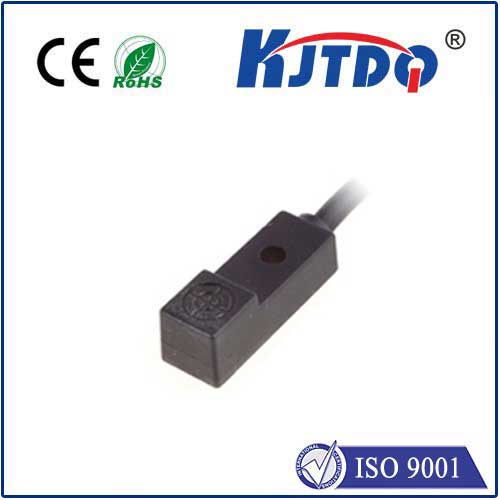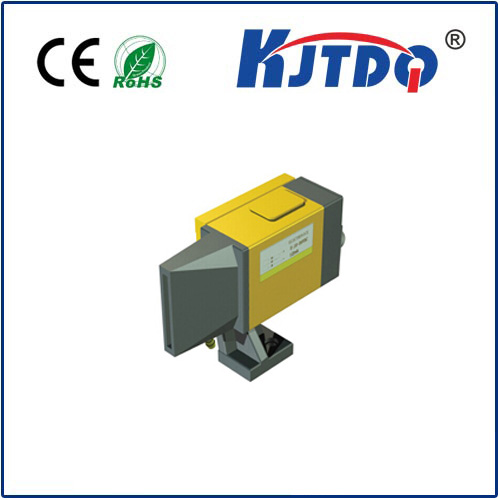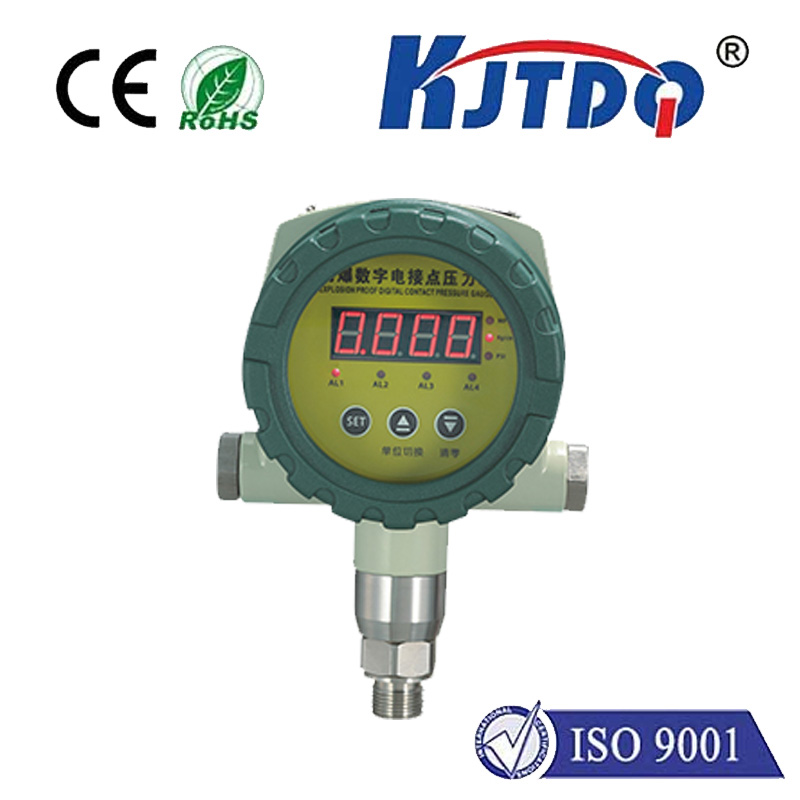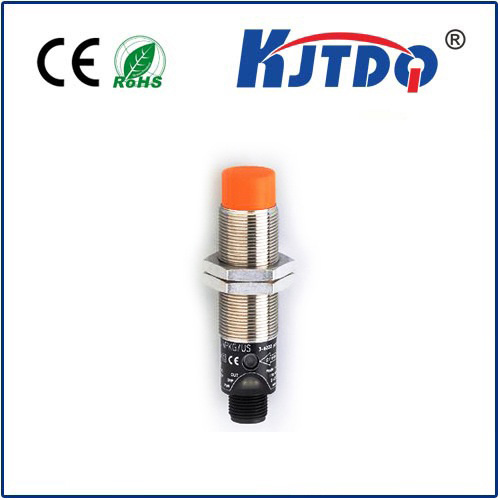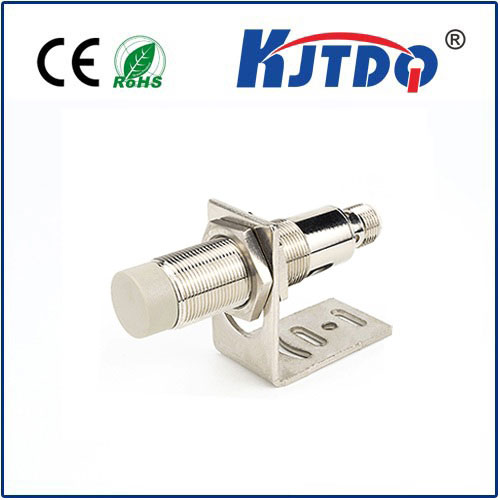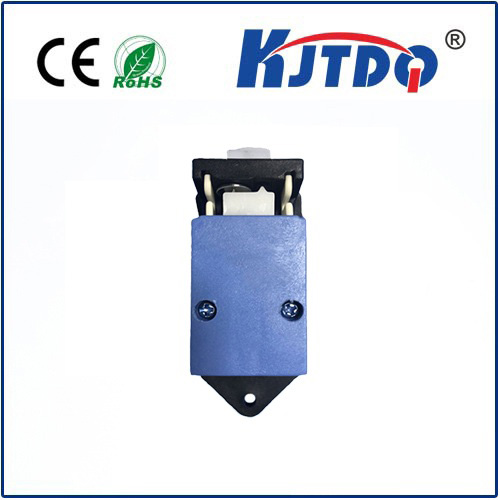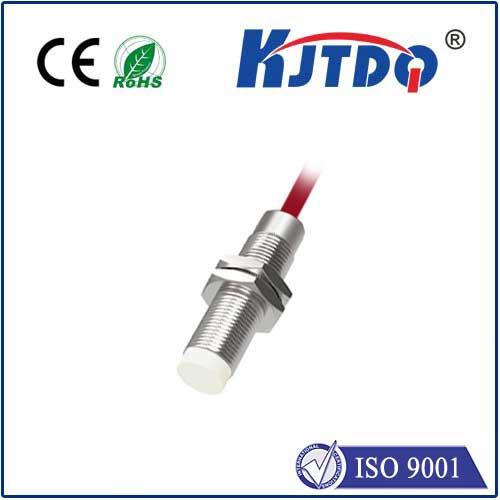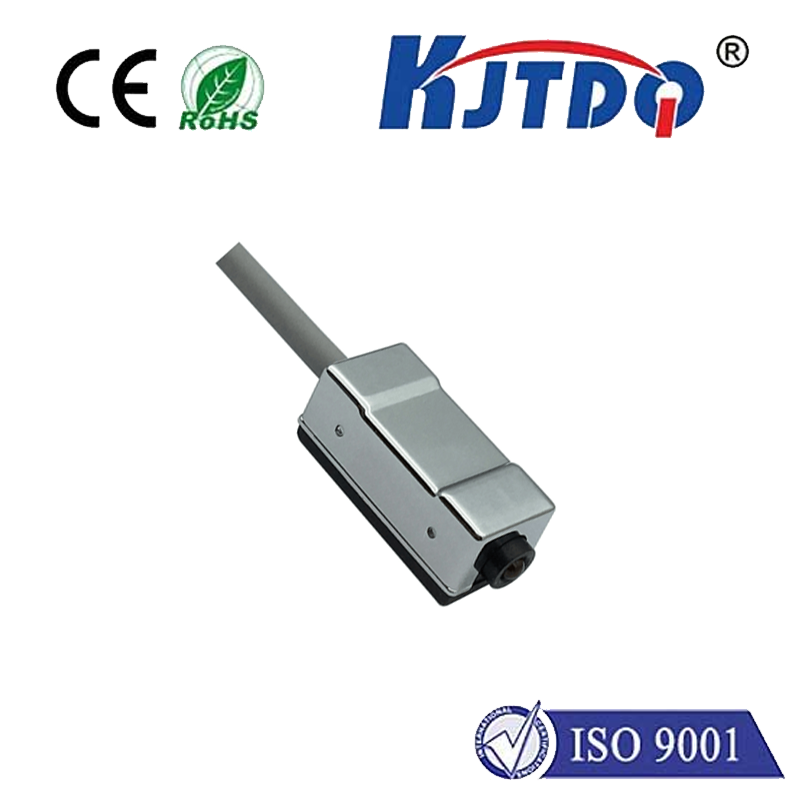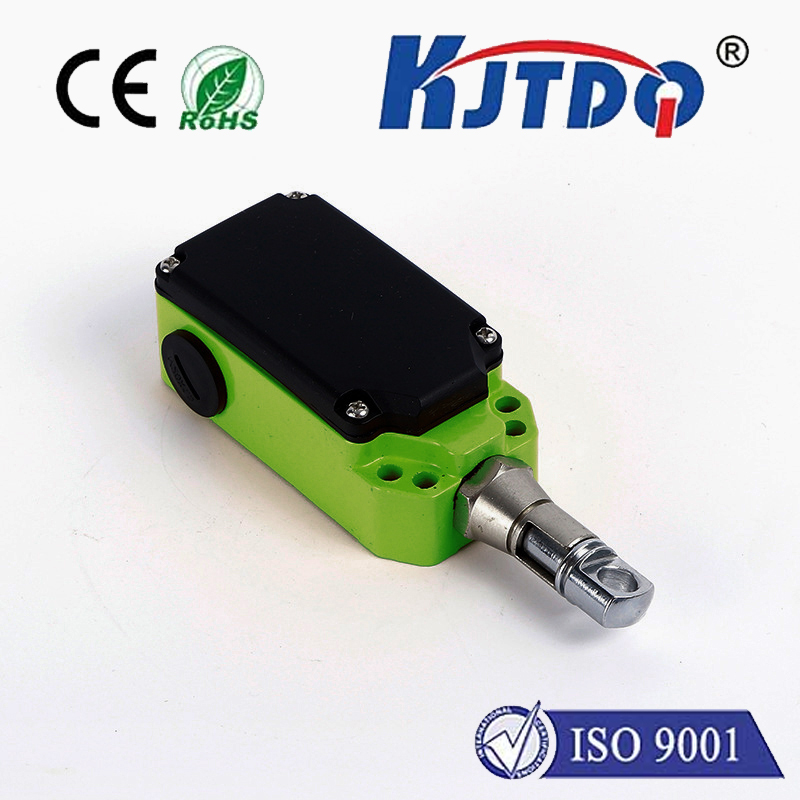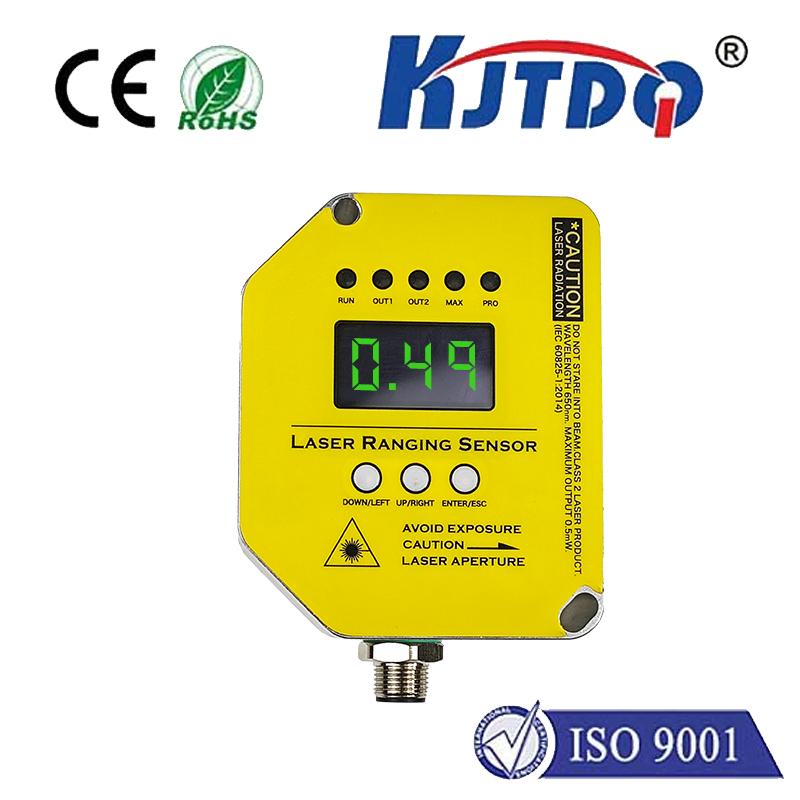
check

check

check

check

Title: Revolutionizing Measurements with High Precision Laser Distance Sensors In the constantly advancing world of technology, precision is a critical factor that drives innovation. One such technological marvel that has been making waves in various industries is the high precision laser distance sensor. These devices have redefined the way we measure distances, revolutionizing everything from construction and agriculture to robotics and beyond. In this article, we will delve into what makes these sensors so special, their applications, and the benefits they bring to modern-day operations. What are High Precision Laser Distance Sensors? High precision laser distance sensors are sophisticated instruments designed to measure the distance to an object using laser light. They work by emitting a laser beam towards an object, which then bounces back to the sensor. By calculating the time it takes for the laser to travel to the object and back, these sensors can determine the distance with remarkable accuracy. The term “high precision” refers to their ability to measure distances with minimal error, often within a fraction of a millimeter. Cutting-Edge Technology at Work The secret behind the precision of these sensors lies in their advanced components and algorithms. State-of-the-art semiconductor lasers generate coherent, monochromatic light with a narrow beam width, ensuring that the measurement is both accurate and repeatable. Additionally, integrated circuits process the reflected light signals with high speed and efficiency, translating them into precise distance readings. This combination of cutting-edge technology enables these sensors to perform reliably even in challenging environmental conditions, such as varying lighting levels or reflective surfaces. Applications Across Industries The applications of high precision laser distance sensors are vast and varied. In the construction industry, they are used for measuring building dimensions, aligning structures, and ensuring compliance with architectural plans. In agriculture, these sensors help in monitoring crop height, managing irrigation systems, and guiding automated machinery. Robotics benefit from their accurate positioning capabilities, enabling robots to navigate complex environments and perform delicate tasks with ease. Moreover, they are employed in automotive manufacturing for vehicle alignment during assembly and in geospatial surveying for creating detailed topographical maps. Benefits of High Precision Laser Distance Sensors The adoption of high precision laser distance sensors brings numerous advantages to different sectors. Firstly, their non-contact measuring approach minimizes the risk of damaging delicate objects or compromising measurement integrity. Secondly, these sensors offer real-time data acquisition, significantly speeding up processes and enhancing productivity. Furthermore, they provide consistent results regardless of operator skill level, reducing human error and increasing reliability. Finally, as these sensors become more widespread, they contribute to improved operational safety by reducing manual handling of measurements in hazardous environments. Conclusion High precision laser distance sensors represent a significant leap forward in measurement technology. Their ability to deliver accurate, repeatable, and reliable measurements opens up new possibilities across a multitude of industries. As we continue to push the boundaries of innovation, these sensors will undoubtedly play an increasingly vital role in shaping the future of various applications, making our world more efficient, safer, and technologically advanced.
